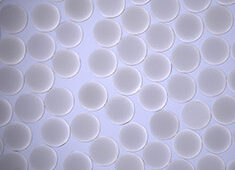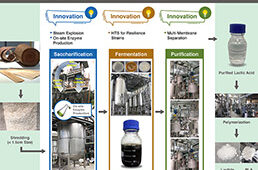Haydale, a developer of a unique plasma functionalization process for nanomaterials, has announced the publication of research showing its functionalized graphene nanoplatelets (GNP) significantly improve the nanoreinforcement of resin. The research, conducted by the Material Science Department at AeroSpace Corporation, has been published in the Journal of Applied Polymer Science.
The report states significant strength improvements in toughened epoxy composites. The reported increases are >2x in tensile strength and modulus of an epoxy composite using a number of HDPlas™ O2-functionalized GNP, manufactured by Haydale. The addition of increasing amounts of GNP resulted in strength increases of over 125% and toughness improvements of 100% over that of similarly cured, unreinforced material.
The results underline the potential Haydale’s tailored, plasma functionalization process has for realizing the “miracle” material’s potential. Having been heralded to revolutionise the 21st century due to its physical and mechanical properties, questions still remain over the commercial reality in delivering graphene and the relevance it has to real products. The Haydale plasma functionalisation process has the potential to offer the tailored functionalization of graphene nanomaterials whilst maintaining structural integrity thus eliminating a key barrier to the commercialization of graphene.
The research aimed to determine whether properties such as matrix material composition, the degree of exfoliation of graphene and the filler concentration, size, aspect ratio and treatment method, could maximize the physical potential of the matrix material. The GNP nanofiller material was plasma-treated using the HDPlas™ O2-functionalized process before being incorporated into the epoxy resin. Once the composite material had been manufactured, it was analyzed and the effects of GNP loading on mechanical performance were assessed.
Graphene has fantastic potential to transform the composites industry, but requires specific functionalization without damaging the material structure or adding impurities. In order to optimize the material’s physical and mechanical properties, good dispersion and structural uniformity of the nanoparticles is the key to making real progression. Graphene is highly inert, and is subsequently difficult to bond it with or disperse it within other materials. Current methods for functionalizing graphene involve thermal and chemical shocking agents which whilst allowing for scalable production, can cause significant damage to the material’s structure, leading to defects in the final product.
Source: Haydale




